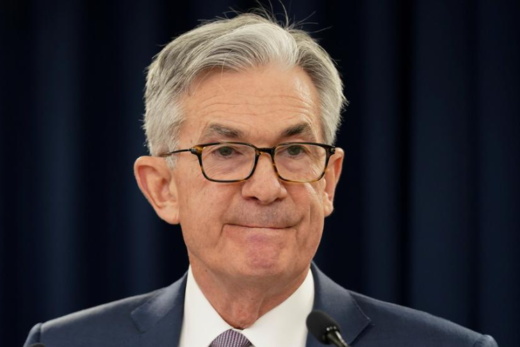The country’s largest two-wheeler maker by market capitalisation stated on Thursday that it can declare a dividend up to 90% of the standalone profit if the surplus cash is higher than Rs 15,000 crore. In case the cash surplus is between Rs 7,500 crore and Rs 15,000 crore, the extent of dividend will be 70-90% of the profit. In the past, the company’s dividend payout at 50-60% has been one of the highest in the automobile sector, according to the Capitaline data.
The company’s cash and equivalents were Rs 16,240 crore at the end of December 2020. Analysts expect a net profit of Rs 4,200-4,600 crore for the current fiscal year. This implies a possible dividend of Rs 131-143 per share considering the revised dividend policy, which is 60-70% higher than the estimated range of dividend for the year. It also implies a dividend yield of 4%, which may attract long-term investors interested in high-yield stocks with sound fundamentals. LIC, Norway’s pension fund, and SBI-ETF fund are some of the largest institutional investors in the company as per company’s FY20 annual report.
Lack of major capital expenditure plans in the next few years improves dividend visibility. In addition, despite the company’s project of electric vehicles and high performance bikes, which would cost Rs 650 crore, it would still be able to generate free cash flow of more than Rs 4,000 crore a year. Higher dividend will reduce cash on books thereby boosting the RoE by 300-350 basis points compared with the consensus RoE estimate of 23-24% for the next fiscal year.
A higher share of the exports in the total volume would support earnings growth for the next fiscal year. The tentative production volume suggests an encouraging scenario for the company’s export volume, which may reach closer to the FY20 level. The total export volume of two-wheelers may surpass its domestic sales for the current and next fiscal year. The pressure on the margins due to surging raw material cost is relatively less given the rising share of high-priced bikes. This is likely to result in over 20% earnings growth for FY22.
At Thursday’s closing price of Rs 3,663.5, the stock was traded at 19 times the one-year forward earnings. It is 7% higher than the long-term average.



